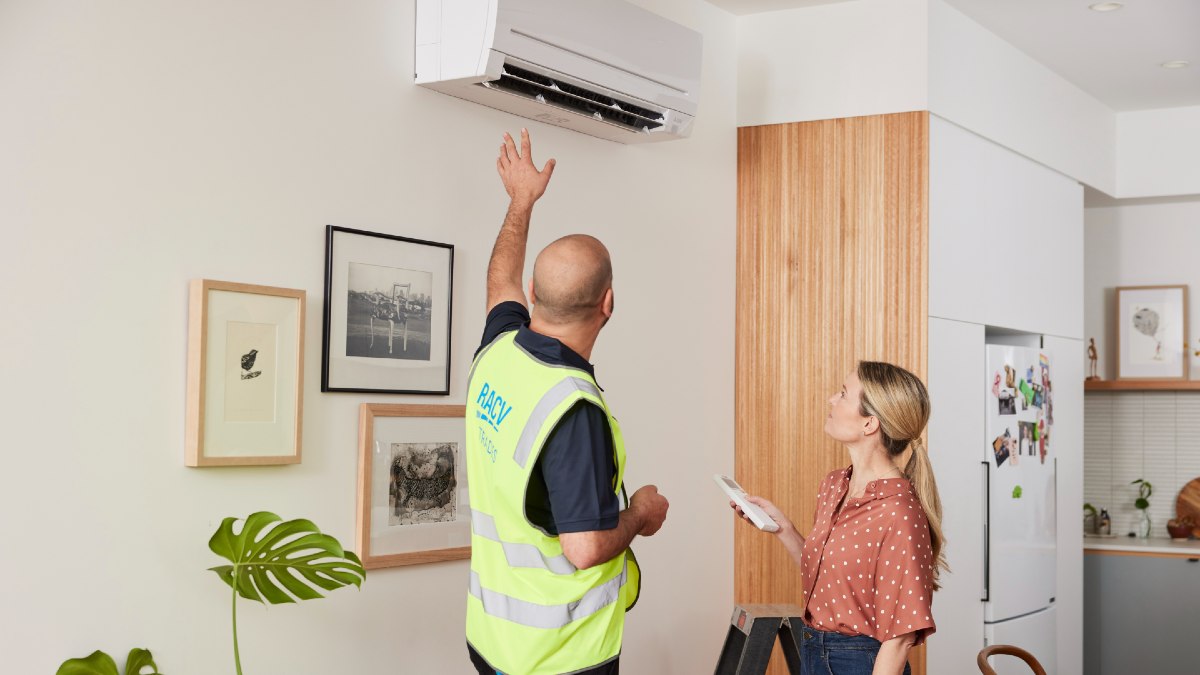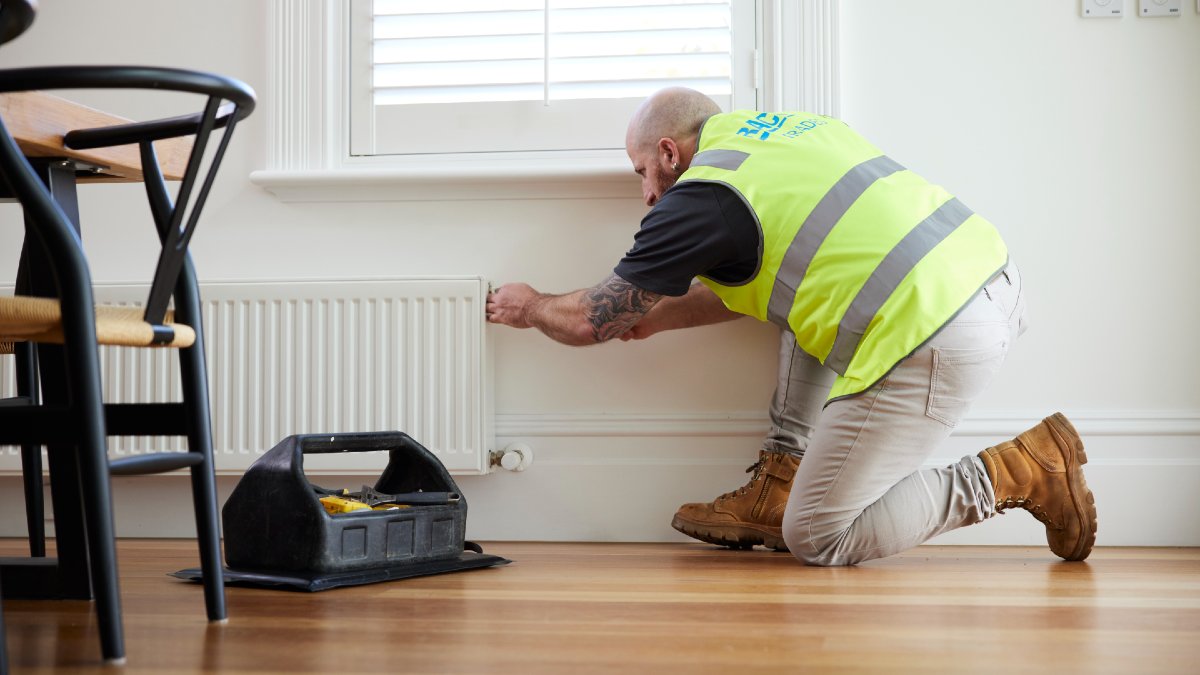Renovating your house can be a big up-front expense. Here are eight energy-efficient home improvements that can actually save you money.
How to keep warm this winter and save money on heating

Feeling the winter chill? Here’s how to keep warm in winter without dialling up the heater, so you can help reduce energy costs.
As the days grow shorter and that winter chill sets in, it’s all too tempting to crank up the heater to heat up the house. But before you dial up the thermostat, consider that heating and cooling accounts for 40 per cent of energy consumption in the average home, according to Solar Victoria.
Don’t let the winter bite into your bank account. From reversing your ceiling fans to going to bed with a hot water bottle, these energy-saving tips will help keep you snug without blowing the budget.
Remember to take care with all types of home heating and ensure your smoke detectors are working. Test them monthly and change the batteries every year at the same time.
Ready for winter at home and on the road?
Top tips on how to save money on heating

Layers of clothing and blankets are key to keeping warm without the heater.

Keep heaters well-maintained for better heating efficiency.

Investigate and fix any draughts immediately to preserve heat in your home.
RACV Trades is a trading name of RACV's trade partner, Club Home Response Pty Ltd (Victorian registered domestic building practitioner number CDB-U 100178). All works are performed or arranged by Club Home Response Pty Ltd. trading as RACV Trades. Read the RACV Trades Terms and Conditions.


